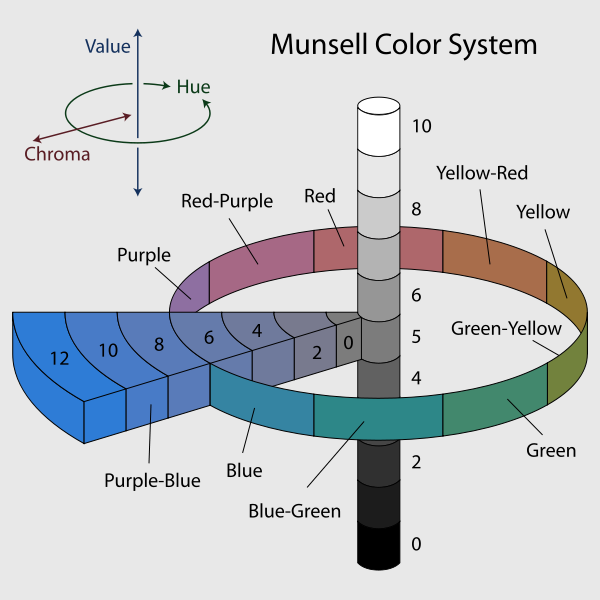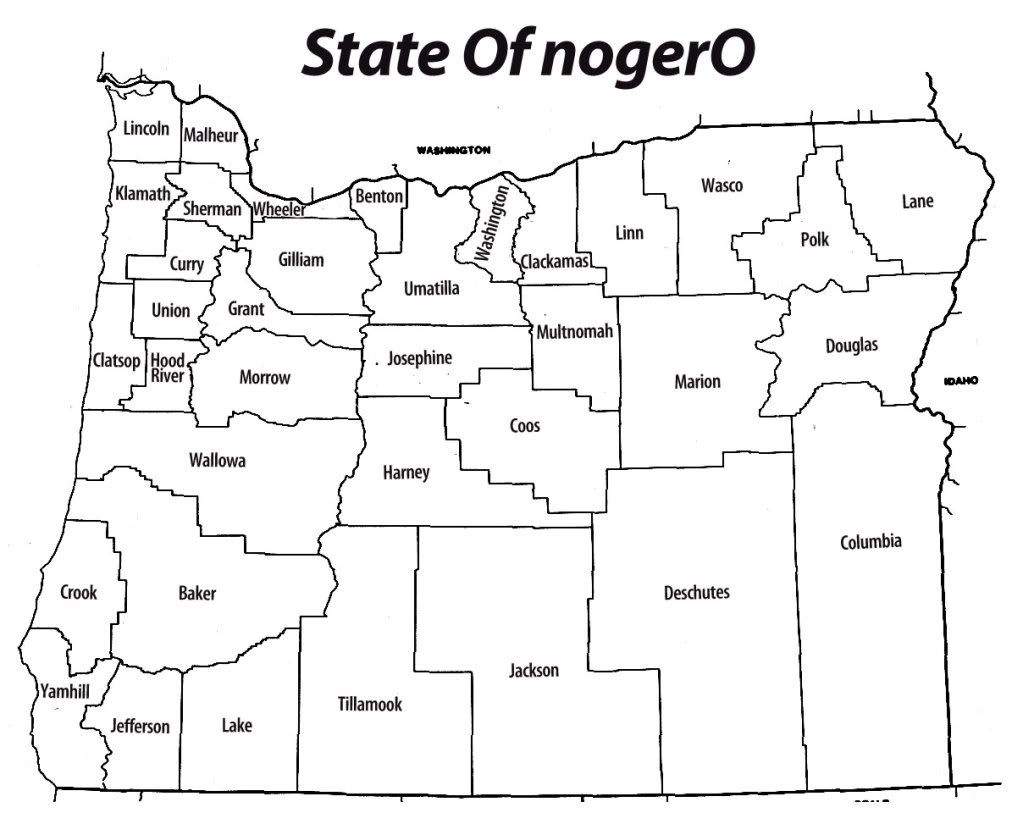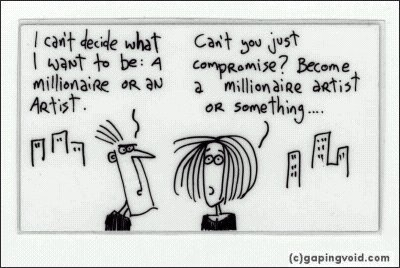2003.A few discourses back I mentioned stumbling on news of a new art supply store here in town, Muse Art and Design. Today, we got a chance to check it out, and we were well pleased.
It's a cozy little space tucked in just to the east of yet another vintage store on the corner of SE 42nd and Hawthorne, on the south side. It goes back a ways, and is a little store, but they pack a lot in there, oils, watercolor, acrylics, inks, the requisite endcap for Sumi-e materials (I joke, but you do seem to find them everywhere), Copic markers for the manga-ka, even beeswax for encaustic.
The web page touts affordable prices and this is one boast, I'm happy to say, that gets lived up to. There were a whole lot of affordable art materials there, including Daniel Smith watercolors (I understand you can't find those too many places hereabouts) and everything had a price break on it. My mind is hardly an eidetic store but I dont remember getting too much sticker shock there.
Prices were reasonable and the stock was of a rather respectable quality, with all the brands you'd expect to find in a first-rank art store. The fellows behind the counter were affable and approachable and loved chatting about what they were doing with the store.
Particularly this month they're having an artist a day come into the store and set up shop in the front window, to have the work product displayed on the walls, day-by-day (they already have the canvases up for them–speaking of which, they have an excellent selection of grounds as well).
Now, mind you, we have a powerhouse art supplier in Art Media and Aaron Brothers will do in a pinch. But I do think that the Portland area can (and ought to) support a few more good art supply sources in town, and Muse Art and Design certainly deserves support. We plan on returning there from time to time; I'm taking up manga, see, and they sell Copic markers ...
Anyway, the other thing to come out of this is that, well, y'all'l remember a few missives back I reported on Gamblin's unique and brilliant idea to take the particulate out of the Torit filters and create the unique Torrit Gray. Around the first of April, Robert Gamblin sends Torrit Gray out to art supply stores where it's free for the asking.
While at Muse, I asked. And they did. Here's the proof:

PROMOTIONAL, NOT FOR RESALE, says the label on the top; below the logo, we have In honor of Earth Day, we make this color from recycled pigments collected from our air filtration system. Which, as I've said before, is cooler than cool.
With the reputation for quality and the commitment to being awesome to the environment that this suggests, I, not for the first time, wish that Gamblin made watercolors.
Also I mentioned that Gamblin does a Torrit Gray painting competition, and it's on; you can submit three paintings made with Torrit Gray, white, and black (a value study; always challenging). First prize is $500, and there are two $350 Honorable Mentions.
Information can be found at http://gamblincolors.com.
I don't know if I'm going to submit anything. I will be playing with this though.
Technorati Tags: art, art materials, art supply stores, Muse Art and Design, Gamblin Artist's Colors, Torrit Gray
It's a cozy little space tucked in just to the east of yet another vintage store on the corner of SE 42nd and Hawthorne, on the south side. It goes back a ways, and is a little store, but they pack a lot in there, oils, watercolor, acrylics, inks, the requisite endcap for Sumi-e materials (I joke, but you do seem to find them everywhere), Copic markers for the manga-ka, even beeswax for encaustic.
The web page touts affordable prices and this is one boast, I'm happy to say, that gets lived up to. There were a whole lot of affordable art materials there, including Daniel Smith watercolors (I understand you can't find those too many places hereabouts) and everything had a price break on it. My mind is hardly an eidetic store but I dont remember getting too much sticker shock there.
Prices were reasonable and the stock was of a rather respectable quality, with all the brands you'd expect to find in a first-rank art store. The fellows behind the counter were affable and approachable and loved chatting about what they were doing with the store.
Particularly this month they're having an artist a day come into the store and set up shop in the front window, to have the work product displayed on the walls, day-by-day (they already have the canvases up for them–speaking of which, they have an excellent selection of grounds as well).
Now, mind you, we have a powerhouse art supplier in Art Media and Aaron Brothers will do in a pinch. But I do think that the Portland area can (and ought to) support a few more good art supply sources in town, and Muse Art and Design certainly deserves support. We plan on returning there from time to time; I'm taking up manga, see, and they sell Copic markers ...
Anyway, the other thing to come out of this is that, well, y'all'l remember a few missives back I reported on Gamblin's unique and brilliant idea to take the particulate out of the Torit filters and create the unique Torrit Gray. Around the first of April, Robert Gamblin sends Torrit Gray out to art supply stores where it's free for the asking.
While at Muse, I asked. And they did. Here's the proof:

PROMOTIONAL, NOT FOR RESALE, says the label on the top; below the logo, we have In honor of Earth Day, we make this color from recycled pigments collected from our air filtration system. Which, as I've said before, is cooler than cool.
With the reputation for quality and the commitment to being awesome to the environment that this suggests, I, not for the first time, wish that Gamblin made watercolors.
Also I mentioned that Gamblin does a Torrit Gray painting competition, and it's on; you can submit three paintings made with Torrit Gray, white, and black (a value study; always challenging). First prize is $500, and there are two $350 Honorable Mentions.
Information can be found at http://gamblincolors.com.
I don't know if I'm going to submit anything. I will be playing with this though.
Technorati Tags: art, art materials, art supply stores, Muse Art and Design, Gamblin Artist's Colors, Torrit Gray








 Since the leaving of the Made In Oregon store, and belieing the pure corporate history of the sign itself (from White Satin sugar to White Stag sportswear to Made In Oregon), the three-word legend has gone from business name to generic tag. I myself was fortunate enough to have actually been made in Oregon. A lot of people I know who came here wish they could say the same. Oregon and all her intangibles are still desirable and seductive, even in our highly cynical age.
Since the leaving of the Made In Oregon store, and belieing the pure corporate history of the sign itself (from White Satin sugar to White Stag sportswear to Made In Oregon), the three-word legend has gone from business name to generic tag. I myself was fortunate enough to have actually been made in Oregon. A lot of people I know who came here wish they could say the same. Oregon and all her intangibles are still desirable and seductive, even in our highly cynical age. Ironically, the illustrative photo (
Ironically, the illustrative photo ( All of this is a roundabout way of saying that all primary-color paints are subtly biased one way or the other toward one secondary or the other. Every red is either subtly violet-red or orange-red; every blue is either subtly violet-blue or green-blue; every yellow is either subtly green-yellow or orange-yellow. Starting out you may not notice this, but as you get better at looking at color, you'll start to see it. Select any two different-but-similar primary colors, lay them out on a ground and compare, and the result may become instantly apparent.
All of this is a roundabout way of saying that all primary-color paints are subtly biased one way or the other toward one secondary or the other. Every red is either subtly violet-red or orange-red; every blue is either subtly violet-blue or green-blue; every yellow is either subtly green-yellow or orange-yellow. Starting out you may not notice this, but as you get better at looking at color, you'll start to see it. Select any two different-but-similar primary colors, lay them out on a ground and compare, and the result may become instantly apparent.


























 He cleaned up the Willamette River, opened the beaches to all, and told everyone to please visit Oregon again and again, but don't come here to live. Said in earnest jest in an interview with CBS's Terry Drinkwater around 1970, it defined Oregon as a state of quirky individualists.
He cleaned up the Willamette River, opened the beaches to all, and told everyone to please visit Oregon again and again, but don't come here to live. Said in earnest jest in an interview with CBS's Terry Drinkwater around 1970, it defined Oregon as a state of quirky individualists.



